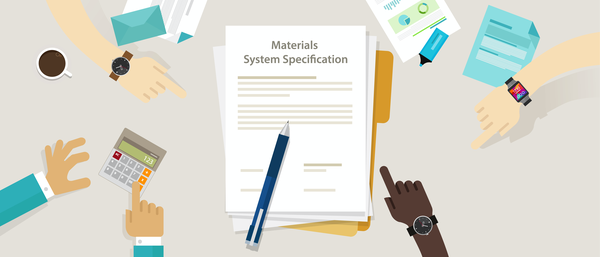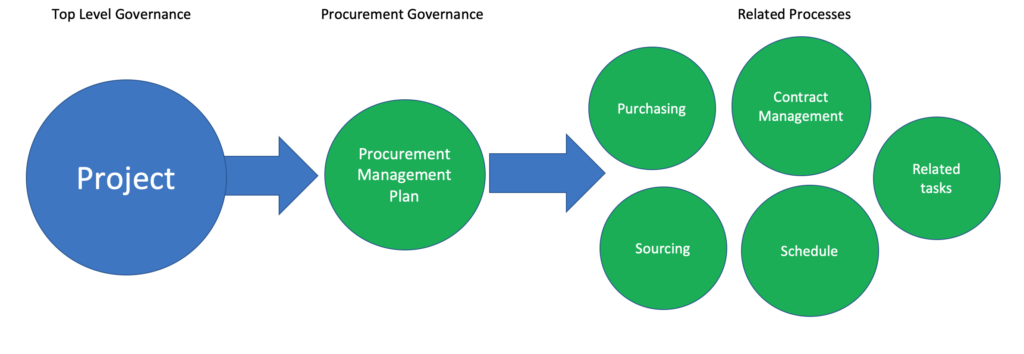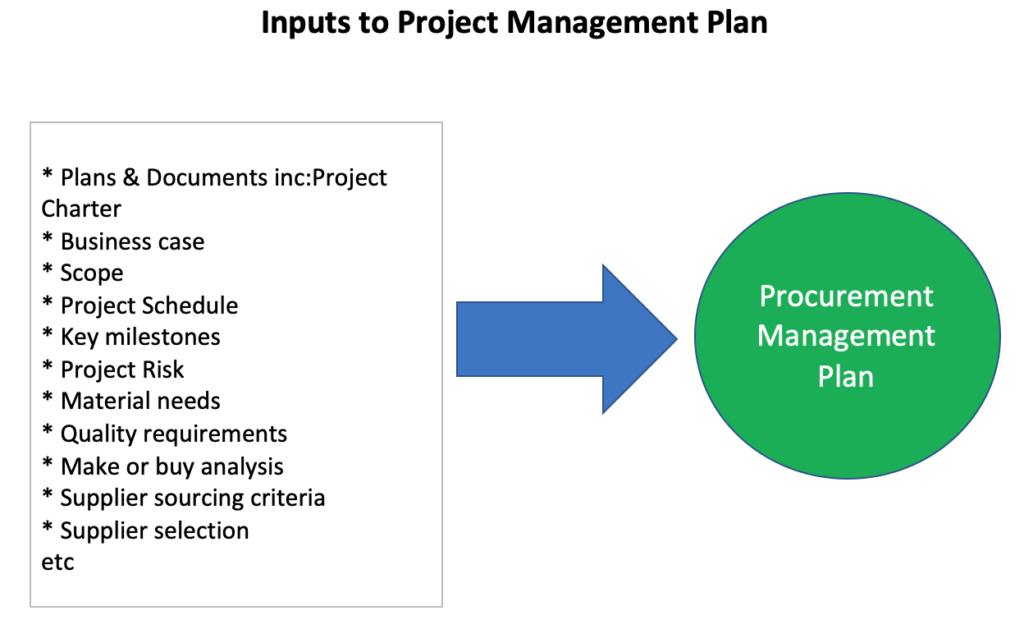
The procurement management plan provides a method of describing the activities and processes required to deliver a project’s materials and services needs.
The procurement management plan is usually used in a project environment. It is used to manage the key components of procurement during the life cycle of a project.
In this article, we’ll be looking in detail at the procurement management plan; we’ll cover
- What is a Procurement Management Plan
- What Does a Procurement Management Plan Do?
- What is the role of Procurement in Project Management?
- What are the contents of a Procurement Management Plan?
- How to create a Procurement Management Plan
- Using the Procurement Management Plan to set boundaries
- Benefits of the Procurement Management Plan
- Issues with the Procurement Management Plan
What is a Procurement Management Plan
A procurement management plan captures the requirements and the necessary processes needed to purchase materials or services for consumption by a project.
The 6th Edition of the PMBOK® Guide shows the procurement management plan is an output of Process 12.1 Plan Procurement Management.
- It will usually describe how procurement processes will be aligned with the needs of the project, for example:
- Contracts
- Materials
- Services
- It will usually be based around three core areas, describing the processes that will be used to deliver procurement.
- Planning
- Executing procurement processes
- Controlling procurement outputs
What Does a Procurement Management Plan Do?
The procurement management plan has several purposes:
- It provides a reference or baseline for the project team to monitor procurement activities.
- It lists key materials and services that are needed to support the project
- It lists key requirements
- It lists dependencies
- It lists boundaries and constraints
- It describes schedules, thereby allowing project planners to develop the overall project plan
- It identifies milestones within those schedules identifying where critical decisions are required.
- It provides a mechanism to help evaluate the success of procurement at the end of the project.

As we all know, one of the fundamental enablers of procurement is information.
The procurement management plan can be utilized as a key enabler by acting as the repository for procurement information related to the project.
Where a project is without a procurement management plan, and team members are left to act on best endeavors, the project can be left wide open to the possibility that schedules will be impacted, risk will be added, and goals missed.
As such, the plan helps inform strategy. When done well, it can help the project save money and reach goals; when done badly, the project team’s ability to succeed can be hampered.
Perhaps one of the key benefits of the plan is that it facilitates consolidation. It does that by:
- Providing a single repository for requirements
- Supporting a single schedule (often called the procurement schedule)
- Facilitating:
- Similar parts being placed onto a single contract
- Different materials being consolidated where they can be procured from a single supplier
A procurement plan, by its nature, should include input from key stakeholders within the project. As a result, requirements, schedules, dependencies,, etc. can be consolidated well before potential suppliers are contacted, which can help derive the best deal.
What is the role of Procurement in Project Management?
Most projects will require things like goods and services supplied from outside the organization in order to deliver its goals.
As part of the broader supply chain function, procurement enacts processes that help deliver these requirements to the business from outside stakeholders (called suppliers).
Buying goods can be complex and usually requires some form of contract to deliver; as such, Procurement is a specialized field. Usually, a project will have experienced/qualified personnel to deliver these tasks.
In a project environment, the procurement function will need to collaborate extremely closely with other team members to participate in aspects such as planning, requirements definition, etc.
Procurement resources should be an early consideration when planning your project resources.
What are the contents of a Procurement management plan?

The procurement management plan requires various inputs that help drive related processes; these usually include:
- Plans & Documents inc:
- Project Charter
- Business case
- Scope
- Project Schedule
- Key milestones
- Project Risk
- Project schedule
- Material needs
- Quality requirements
- Make or buy analysis
- Supplier sourcing criteria
- Supplier selection
How to create a Procurement Management Plan
The project manager usually has ownership of the Procurement Management Plan; it is often incremental in development, which is often approached via one of two ways
- The Steps required by the procurement process
- Traditional Project Methodology
Typical steps in creating a plan include:
- Defining the objective
- Identifying boundaries
- Defining the organization (roles and responsibilities)
- Defining a preliminary schedule
- Identifying key dependencies
- Identifying risk and possible mitigation
- Establishing governance and delegated authority levels
- Identifying budget
- Identifying critical success criteria
- Identifying constraints
- Contracting mechanisms
- Suppliers approved for use
Using the procurement management plan to set boundaries
Further important use of the Procurement management plan is in establishing the boundaries around the procurement processes, namely:
- Defining critical success factors (i.e., schedule and/or cost)
- Defining how success will be measured
- Defining information required by the procurement process,
- Supplier selection & sourcing,
- Contract management
- Approvals processes
- How supplier performance will be evaluated
- Schedule requirements
- Risks
- Key constraints and dependencies
- i.e., budgets and requirements
- Controlling change
Benefits of Procurement Management Plan
Given that procurement features heavily in most projects, the Procurement Management plan is often a critical document which when used correctly, provides a range of benefits that include:
- Provides a single resource to describe a projects procurement activity
- Facilitates collaboration during the project planning phase
- Helps consolidate stakeholder requirements
- It can help in lowering costs and risk
- Supports contracts being tailored to the specific needs of the project
- Align procurement schedules with the project schedule
Issues with the Procurement Management Plan
As with many project documents, the Procurement management plan has a range of risks; these will usually include:
- A risk that the document becomes ignored and not treated as an action plan with the result that the document stagnates.
- Contains incorrect data that is not aligned with other documents (all too often the project schedule but could be others)
- Requires sustained ownership and management
- Requires the project team to adhere to the rules, constraints laid out in it
- It can be inflexible where change is frequent
- Requires careful planning and upfront time to be effective
Summary
A procurement management plan serves as a guide for managing procurement requirements, processes, and outputs.
It is used throughout the life of a project and is updated as requirements and goals change.
When used correctly, it can offer a range of benefits, perhaps significantly being a central repository for associated information and data.
Do you have experience of putting together a procurement management plan? Perhaps you’ve used the document to help deliver your project? Perhaps you have tips and tricks that you’d like to share? As ever, you can reach out to us on Twitter (https://www.twitter.com/sanbustrain) or by utilizing the comments section.
This article is part of our Supply Chain guide.